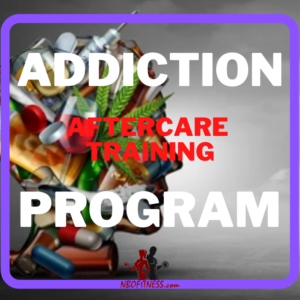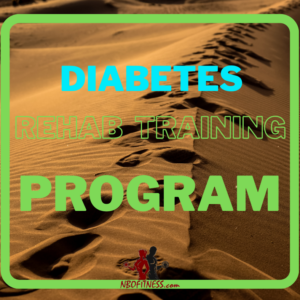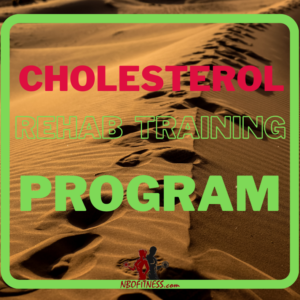
Dyslipidemia, characterized by abnormal levels of lipids in the blood, can significantly increase the risk of cardiovascular diseases. Often associated with high cholesterol levels, this condition is not exclusive to those who are visibly overweight.
Reviewed by Evans Mwaniki, PT
At Nairobi Fitness Consulting, we prioritize assessing body fat percentage over traditional metrics like BMI, as it provides a more accurate picture of an individual’s health status. Our approach focuses on body recomposition, emphasizing the importance of reducing visceral fat and improving overall metabolic health.
Understanding Dyslipidemia
Dyslipidemia typically involves elevated low-density lipoprotein (LDL) cholesterol, low high-density lipoprotein (HDL) cholesterol, and elevated triglycerides. These abnormalities can lead to the development of atherosclerosis, a condition where plaque builds up in the arteries, increasing the risk of heart attack and stroke. It is crucial to recognize that even individuals with a “normal” BMI can have dyslipidemia, particularly if they have a high percentage of visceral fat.
The Fallacy of BMI and the Importance of Body Fat Percentage
BMI is a commonly used metric to classify individuals as underweight, normal weight, overweight, or obese. However, it fails to differentiate between muscle and fat mass and does not consider fat distribution. This limitation is particularly relevant for dyslipidemia, as individuals with a normal BMI can still carry excess visceral fat, which is more metabolically active and harmful. At Nairobi Fitness Consulting, we focus on body fat percentage and body recomposition to provide a more accurate assessment of health and tailor our interventions accordingly.
Dietary Strategies for Lowering Cholesterol
- Increase Intake of Soluble Fiber
- Foods rich in soluble fiber, such as oats, beans, lentils, fruits, and vegetables, can help reduce the absorption of cholesterol in the bloodstream. Soluble fiber binds with cholesterol in the digestive tract, facilitating its removal from the body.
- Choose Healthy Fats
- Replacing saturated fats (found in red meat, butter, and full-fat dairy) with unsaturated fats (found in olive oil, avocados, nuts, and fatty fish) can help lower LDL cholesterol levels. Omega-3 fatty acids, in particular, have been shown to reduce triglycerides.
- Limit Dietary Cholesterol
- While dietary cholesterol’s impact on blood cholesterol levels varies among individuals, it’s generally advisable to limit high-cholesterol foods like organ meats, shellfish, and egg yolks.
- Avoid Trans Fats
- Trans fats, often found in processed and fried foods, can raise LDL cholesterol and lower HDL cholesterol. Avoiding these fats is crucial for managing dyslipidemia.
- Incorporate Plant Sterols and Stanols
- Found in fortified foods, plant sterols and stanols can help block the absorption of cholesterol and reduce LDL levels.
Exercise and Physical Activity
- Aerobic Exercise
- Engaging in regular aerobic activities, such as brisk walking, jogging, cycling, or swimming, can help raise HDL cholesterol and lower LDL cholesterol and triglycerides. Aim for at least 150 minutes of moderate-intensity exercise per week.
- Resistance Training
- Strength training exercises, including weightlifting and bodyweight exercises, can help improve body composition by increasing muscle mass and reducing visceral fat.
- High-Intensity Interval Training (HIIT)
- HIIT combines short bursts of intense exercise with periods of rest or low-intensity exercise. This type of training can effectively reduce body fat, including visceral fat, and improve lipid profiles.
Why Choose Nairobi Fitness Consulting?
At Nairobi Fitness Consulting, our Obesity Treatment Centre and Human Performance Institute offer comprehensive programs tailored to individual needs. Our teams of experts, include nutritionists, physiotherapists, and psychologists, who work together to provide personalized care. We emphasize a holistic approach that goes beyond just lowering cholesterol levels, focusing on overall health improvement and sustainable lifestyle changes.
Conclusion
Managing dyslipidemia requires a multifaceted approach that includes dietary modifications, regular exercise, and a focus on body fat percentage rather than BMI. At Nairobi Fitness Consulting, we understand the complexities of this condition and provide expert guidance to help individuals achieve better health outcomes.










